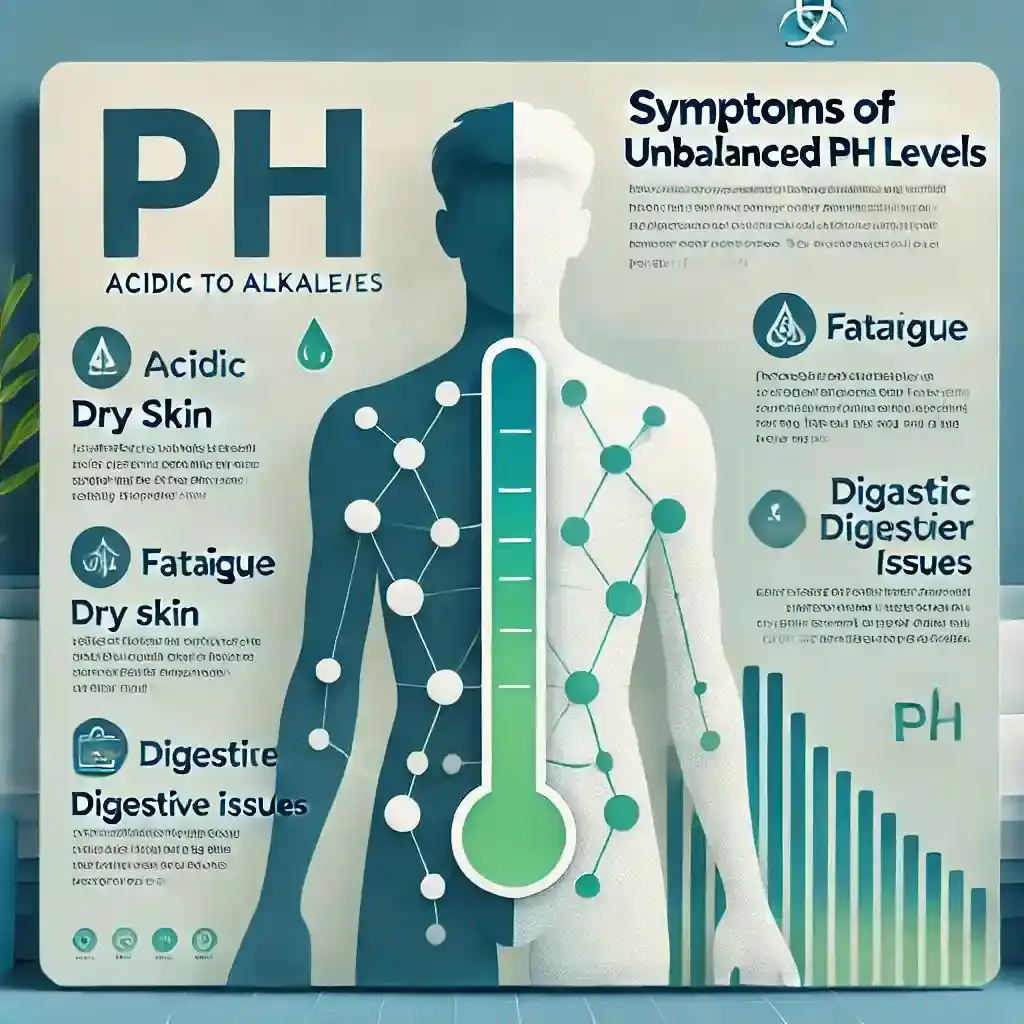A belly infection can turn serious if untreated. Early diagnosis, antibiotics, and hygiene prevent complications like sepsis or organ failure. Quick medical attention ensures recovery and protects abdominal health. |
What starts as a small ache around the stomach can sometimes turn into something far more serious. A belly infection often begins quietly, hiding behind mild swelling or a warm, tender patch of skin.
It doesn’t always stay that way. For some, it can turn into a deep internal infection that demands quick medical care. So, can a belly infection kill you? The short answer is rarely, but yes, it can if ignored for too long.
Can a Belly Button Infection Kill You?
A belly button infection itself is typically not life-threatening, but it can become serious if left untreated.
Most belly button infections are minor and caused by Bacterial growth, Fungal infections, Poor hygiene, and Skin conditions like seborrheic dermatitis.
The following potential complications can arise if ignored:
- Spreading infection to deeper tissues
- Potential abscess formation
- Risk of cellulitis
While extremely rare, an untreated severe infection could potentially become life-threatening if it:
- Enters the bloodstream
- Leads to sepsis
- Spreads to surrounding organs
Bottom line: A typical belly button infection won't kill you, but serious, neglected infections can potentially become dangerous. Always consult a healthcare professional if you're concerned.
Common Causes of Belly Infection
Every infection begins with an entry point. Sometimes it’s a surgical scar that doesn’t heal right; other times, a ruptured appendix or untreated gallbladder inflammation. Poor hygiene, uncontrolled diabetes, or prolonged hospital stays can also make people prone to abdominal infection.
1. Bacterial Infection
The most common source is bacteria escaping from the intestines. Species like E. coli and Bacteroides fragilis are frequent offenders. They move fast, multiply faster, and lead to abscesses or bacterial infection in the abdomen. Post-surgery leaks are another culprit. Even a small tear inside can turn into a full intra-abdominal infection.
2. Fungal Infection
Patients with weak immunity, especially those with diabetes, may develop fungal growths. Yeast thrives in moist folds of the belly, creating redness, peeling, and itching. Though rare, untreated fungal infections can spread deeper and trigger a life-threatening abdominal infection.
3. Secondary Complications
Burst appendixes, gallbladder stones, or ulcers that perforate the stomach wall often leak bacteria into the peritoneum. This leads to peritonitis and sepsis, two dangerous conditions linked to organ stress.
Risk factors for belly infection include obesity, previous abdominal surgery, and chronic illnesses like liver disease or kidney issues. Patients taking long courses of antibiotics can also face antibiotic resistance, which complicates treatment later.
Early Symptoms You Should Never Ignore
Infections whisper before they shout. The first signs might look small, but they reveal plenty if you pay attention. Recognizing early belly infection symptoms is the difference between home treatment and hospital care.
1. Persistent Pain or Swelling
Pain that sticks around for days or worsens when touched is not normal. It could indicate internal irritation or abdominal infection symptoms forming beneath the surface.
2. Fever and Chills
Temperature spikes mean the immune system is fighting. If fever comes with dizziness or fatigue, the infection could be spreading. Patients often describe it as “a heat in the gut.”
3. Discharge, Rash, or Odor
Any leaking fluid, yellow crusts, or unpleasant smell near the belly button suggests bacterial buildup. This often happens with piercings or after small wounds.
4. Digestive Upset and Appetite Loss
Feeling bloated, losing appetite, or experiencing nausea are warning flags. The stomach stops digesting well when the abdomen is inflamed.
Ignoring these can allow bacteria to enter the blood circulation, leading to abdominal sepsis symptoms such as confusion, clammy skin, and a weak pulse. That’s when a normal infection becomes a race against time.
When Does a Belly Infection Become Life-Threatening?
An infection turns critical once it crosses the peritoneum and triggers septic shock. The heart works harder, but blood pressure drops. Oxygen stops reaching vital organs. The age-adjusted mortality rate for abdominal sepsis is 46.7 per 1,000,000. Small figure, yes, but real life.
Warning signals include:
Continuous high fever above 102°F
Fast breathing and confusion
Sharp or spreading abdominal pain
Vomiting mixed with bile or blood
Doctors classify such emergencies under severe belly infection, where immediate hospital intervention becomes non-negotiable.
Diagnosis and Medical Tests
Doctors start with observation, such as how the belly feels, sounds, and even smells. Then, tests confirm their suspicion. Proper diagnosis prevents unnecessary surgery and pinpoints the infection location.
Test Name | What It Checks | Typical Result if Infected |
Physical exam | Tenderness, swelling | Pain upon light pressure |
Blood panel | White cell count, CRP | High WBC, raised CRP |
Ultrasound / CT scan | Detects abscess or fluid | Dark fluid pockets |
Culture or fluid test | Identifies bacterial type | E. coli, Streptococcus |
Paracentesis | Test the peritoneal fluid | Cloudy or infected fluid |
Every confirmed abdominal infection receives a custom plan. Doctors consider medical history, allergies, and severity before prescribing any belly infection. The precision here often saves patients from relapse.
Treatment Options for Belly Infections
Once diagnosed, treatment starts quickly. Doctors usually begin with antibiotics, fluid support, and in some cases, drainage. Success relies on consistent follow-up, not quick fixes.
1. Antibiotic and Antifungal Therapy
Broad-spectrum drugs like cephalexin or clindamycin are first-line choices. For fungal infections, topical ketoconazole or oral fluconazole may be used. They fight microbes and reduce inflammation. Doctors adjust dosage based on culture results, avoiding antibiotic resistance issues later.
2. Surgical or Drainage Procedures
When scans reveal abscesses or perforations, minimal-access surgery removes infected fluid. Laparoscopic drainage is common in U.S. hospitals, part of abdominal infection hospital care in the US protocols.
3. Supportive Medical Care
Severe patients receive IV fluids, oxygen, and nutrition support. Hospitals monitor vitals to prevent organ failure and stabilize pressure. Those under watch usually recover faster because sepsis is caught early.
At home, follow hygiene steps, clean wounds gently, keep the area dry, and finish every medicine course. Can antibiotics cure a belly infection? Yes, in most cases. Stopping too early invites the infection back.
Recovery and Healing Time
Healing depends on infection depth, age, and immunity. Mild infections fade in one to two weeks; deeper ones need more time.
Typical recovery stages:
First 48 hours: pain relief starts
One week: swelling reduces, appetite returns
One month: internal healing completes
Patients often ask about the recovery time for the belly. The answer is simple: listen to your body and your doctor. Rest matters as much as medication. Hydration, protein-rich meals, and probiotics help restore gut balance. If fever returns or new pain arises, revisit your physician immediately.
How to Prevent Belly Infections
Prevention isn’t complicated. It’s the kind of thing most people skip because it feels obvious, until infection shows up. Keeping the belly dry and clean is half the battle. The rest is just paying attention.
1. Personal Hygiene
Warm water, mild soap, done daily. That’s it. But really dry the folds afterward. Moisture is a perfect playground for yeast and bacteria. People forget that step, then wonder why redness keeps coming back. Simple habit, big difference in risk factors for belly infection.
2. Post-Surgery or Piercing Care
Fresh piercings and stitches need space to breathe. Skip the tight waistbands, use sterile cotton, and change dressings on time. Little things stop a post-surgical infection before it starts.
3. Diet and Lifestyle
Sugar feeds yeast. So go easy on sweets, drink more water, and move around. That routine alone strengthens gastrointestinal health and immunity better than any supplement.
4. Medical Check-ups
If something feels off, pain, swelling, or slow healing, don’t wait it out. A quick scan can catch an intra-abdominal infection early. Clean hands, dry skin, and prompt checkups: the real infection prevention tips nobody regrets following.
When to Seek Emergency Medical Help
Some symptoms can’t wait. Go to the ER if you experience:
High fever or uncontrollable chills
Continuous sharp abdominal pain
Vomiting blood or black stools
Sudden weakness or confusion
These show infection might have turned systemic. Doctors treat such cases as life-threatening abdominal infection, where every minute matters.
Possible Complications if Untreated
Neglecting a belly infection allows bacteria to move deeper. What happens if a belly infection is untreated? Complications grow, often silently.
Peritonitis – swelling of the abdominal lining
Sepsis – bacteria invading the bloodstream
Abscess formation – pus pockets requiring drainage
Multiple organ failure – the body’s final collapse
Prevention and early action always outweigh emergency surgery later.
Final Thoughts
So again, can a belly infection kill you? Sadly, yes, if left alone too long. But with prompt medical attention, antibiotics, and good hygiene, most people recover without scars, physical or emotional.
Early care is always cheaper, faster, and safer than waiting for pain to decide for you. Listen to your body. It usually tells the truth before things turn serious.
Frequently Asked Questions
Is a belly infection contagious?
Most aren’t, but sharing towels or poor hygiene can spread bacteria or yeast. Clean hands reduce that risk.
What causes a belly infection after surgery?
Small leaks, moisture, or trapped bacteria near sutures. Proper dressing care prevents it.
Can a belly infection heal on its own?
Minor irritation may. Real infections need antibiotics to stop spreading.
When to see a doctor for a belly infection?
If swelling, fever, or discharge lasts over two days, consult immediately.
What’s the difference between a stomach infection and a belly infection?
Stomach infections affect digestion; belly infections affect tissues or organs around the abdomen.
-User-1754380331.png)
Reviewed by







